Taking our breath away this year was Gareth Edwards’ monster movie Godzilla, where everyone’s favorite King of the Monsters returned to our screens to do what he does best: destroy buildings whilst battling other monsters.
MPC is the company to applaud for the mesmerising, realistic visual effects in the movie, including the creation of the monster himself, so we jumped at the chance to interview MPC’s VFX Supervisor Guillaume Rocheron to talk all things Godzilla VFX.
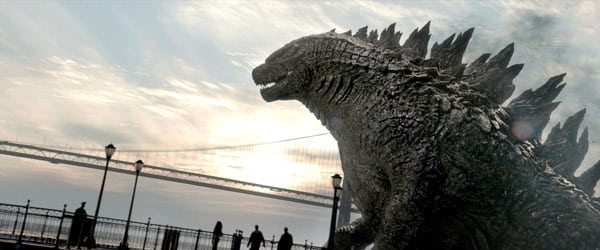
With director Gareth Edwards having done his own VFX on his first movie, Monsters, did he have any creative input into the VFX of Godzilla?
Absolutely. Gareth worked very closely with MPC on the visual effects work. We started working with him in the very early stages before pre-production, creating concept art and putting together the original Comicon teaser. During production it was a great opportunity to put our technology and talented artists in service of Gareth’s unique artistic vision.
Since Gareth was a VFX artist earlier in his career, he understood how VFX could contribute to the storytelling, using them in creative ways to produce strong and iconic visuals. We spent a lot of time with him on the design of each shot and he was also very involved in defining and working the creature’s personalities.
HCF reader Matthew Brooke asks:
Was Godzilla mainly mo-cap or did the VFX artists do most of the animation work themselves?
All of the creatures were keyframe-animated simply because there was nothing in our world we could do a straight copy of and the great size and anatomical difference between Godzilla and a human performer. It all had to be studied and interpreted in order to create distinct behaviours and body language.
Gareth did use mo-cap to quickly flesh out various ideas, which we referenced down the line for specific details he liked and wanted to see translated onto the creature.

With a creature as strong and heavy as Godzilla, how hard is it to convey that weight, movement and power in digital animation, and what is the process?
In the context of the movie, Godzilla was a creation of nature and it was key to not translate him as a fantasy creature. By studying countless references of bears, predators and lizards, we gave Godzilla very animalistic movements but we added hints of more humanistic behaviours in order to give him more presence and personality. It was important you could read Godzilla’s emotions while he remained a realistic creature.
In order to convey the scale, we always positioned cameras in places that for the viewers could relate to. Showing those angles in the street, on a rooftop or through a window always gives you something you can compare to.
We also defined that when the camera was shot from human height, looking up at the creatures, then they would move more slowly and then when the camera moves up to the monsters height their movements could speed up. This helped keep things dynamic and flowing smoothly.
We also used a lot interactive effects with the creatures’ movements, like dust, debris, and water. These elements helped us communicate the scale of the events because they gave a clear comparison to gravity. For example, when you see debris or water falling very slowly against a surface, you immediately realize that you are witnessing something very big.
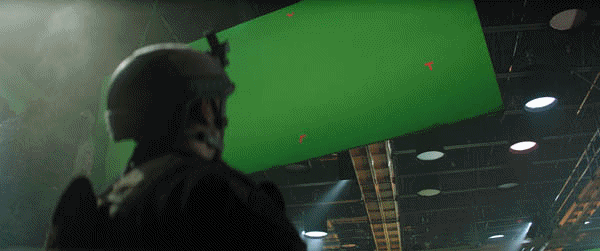
Did you consult with TOHO studios about your designs for Godzilla? I heard the studio were extremely happy with this version
Gareth worked closely with TOHO, who were partners on the movie and signed off the designs. He wanted Godzilla to be a true to the original ‘man in a suit’ Godzilla while using the latest technology to make him a photoreal living and breathing creature.
Where did the idea for the MUTO’s come from, and what were the influences behind the design?
The Mutos were original creatures designed by Gareth and concept artist Matt Allsopp . They have a very graphic and sleek design, inspired by insects in their lines. To make them look fleshy, we used whale skin as a reference and mixed it with harder surfaces as crab-shells. Because the Mutos are parasites, we introduced a lot of skin imperfections which proved to be important to show scale and details across their smooth surface.

How difficult was it simulating epic destruction between two CGI entities, such as when Godzilla destroys buildings?
The first thing we had to consider was scale. When Godzilla fights the Mutos in San Francisco, they basically destroyed multiple city blocks on each footstep. We had to recreate San Francisco completely digitally so we could not only destroy it but also frame and design the shots for the giant creatures. It was also important to enable Gareth to light and compose the frame the way he did practically with his DP, Seamus McGarvey, but at the scale of an entire city.
Creating exciting and clear images was definitely one of our goal even though the setting of a blacked-out city at night wasn’t the easiest scenario on paper. So we used destruction elements in order to silhouette and detach the creatures from the background. A broken building would generate fire, which was perfect to position behind the creatures to help their visibility. Dust pockets and smoke were also used in order to compose the frames in interesting ways.
All together, this made for a huge number of elements to manage and simulate. The collapsing buildings would be simulated in our in-house destruction software Kali, which would then generate many layers of dust interacting with the creatures that we simulated in Flowline. The volume of data was just enormous for every shot because we were literally simulating multiple city blocks of destruction and fluids. But each element was absolutely essential in order to feature the scale and achieve compelling compositions.

Godzilla is hardly seen for a portion of the film, with the use of close ups teasing the audience. Is it a more complex job to create close-ups due to the detail, rather than seeing Godzilla in his entirety from a distance?
With the close-up nature of the camera work and the sheer scale of the asset, a tremendous amount of detail had to be painted and sculpted to ensure Godzilla came vibrantly to life onscreen. The closer the camera gets the more detail has to be created. Translating Godzilla from concept artwork to a photo-real living creature took our asset and lookdev team seven months, before he was ready to be rendered in shots. To ensure that Godzilla would hold up at such size, we painted hundreds of colour and displacements maps to ensure that his toenail, for example, could hold up full frame on a giant cinema screen. We also devised improved skin deformations taking in account different thicknesses and sliding between scales that went on top of many simulated layers of muscles and fat to create convincing body deformations from any distance.
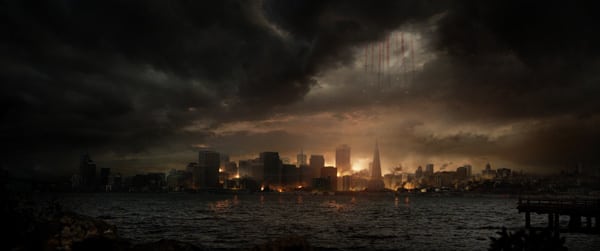
Which part of the film that MPC worked on are you most proud of?
I think it would have to be the final San Francisco battle. It required a huge amount animation, effects simulations and digital environments in order to integrate the creatures, show the scale and produce cohesive and compelling frames.
The VFX for Godzilla are some of the finest we’ve ever seen on screen. Do you think we are at the pinnacle of realistic VFX or are there still leaps and bounds to be made?
I think we reached a stage were VFX give directors the ability to put on screen pretty much anything they have in their mind. There are things that are still incredibly difficult to do and we work year after year into improving photorealism, characters performances and making the process more accessible and flexible for the filmmakers.
What are MPC working on next and will MPC be working on the Godzilla sequel(s)?
MPC are currently working on Exodus, Into The Woods, Cinderella, Guardians of the Galaxy, Frankenstein and Night at the Museum 3.
If there were a Godzilla sequel I’m sure our team would be excited to get the chance to work on it.
Thank you very much Guillaume for your time and to Jonny from MPC for arranging the interview.
You can follow their stellar work of MPC on Twitter @MPC_VFX, Vimeo and official website.
[vimeo]https://vimeo.com/96574787[/vimeo]

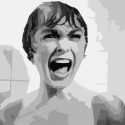

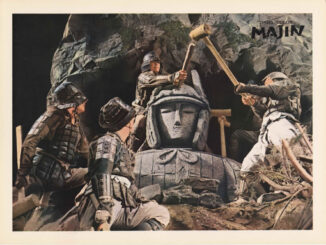
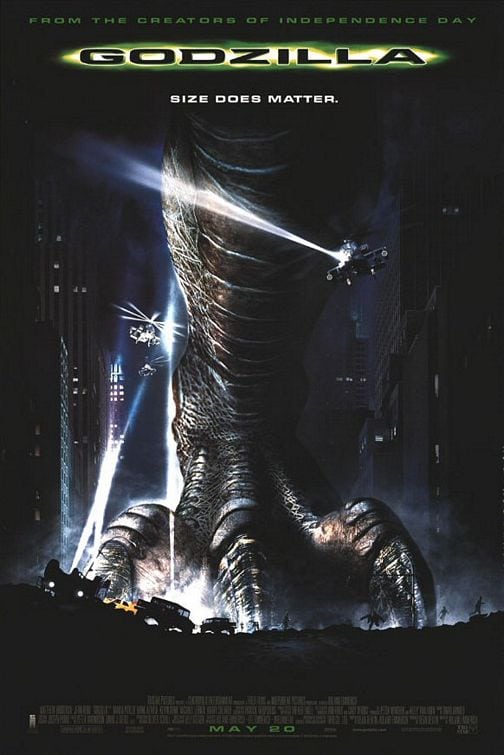
Be the first to comment